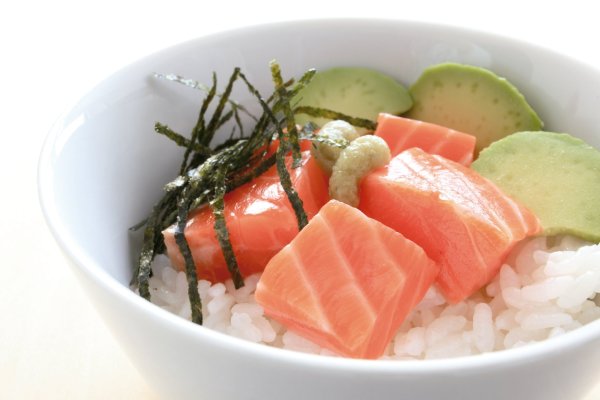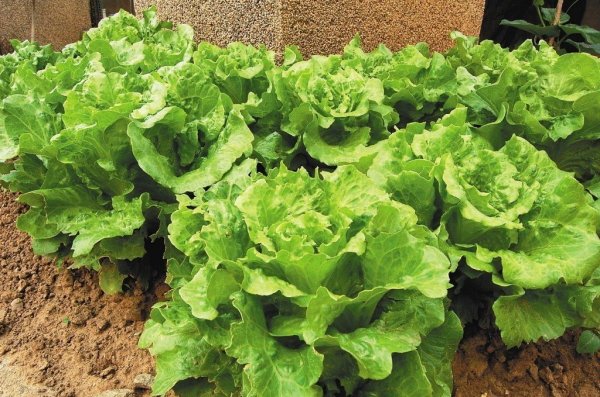Can t eat bananas or duck meat if you have a fracture? Is it useful to drink big bone soup to replenish bones? The doctor tells you "What to eat for fractures" to help bone repair

If you have an unfortunate fracture, what should you take to accelerate bone recovery? Drink more milk, replenish calcines, and drink big bone soup...is it useful? Yuanqi.com has compiled relevant information to see what foods can help recover from the fracture.
What should I eat after a fracture?If you accidentally fracture, in addition to correct fixation at the first time, early rehabilitation and proper rehabilitation, eating "right" food can also help bone repair. What should I eat after a fracture? Li Jialong, orthopedic physician at Tainan Hospital of the Ministry of Health and Welfare, said that the best principle for patients with fractures is to "balanced diet."
Dr. Li emphasized that "in addition to calcium, the components of bones also include phosphorus, oxidation and gelatin. Only a balanced diet can absorb various nutrients required for the fracture process." For example: drinking milk can simultaneously replenish rich calcium and protein, providing fracture complex materials; the five-grain complex contains various vitamins, which can maintain good absorption of the body. and threshing; soybeans, eggs and meat can supplement protein and provide materials for humans to make gelatin; vegetables and fruits also contain rich vitamins and minerals, especially vitamin C-rich bali and lydine, which can help synthesis of gelatin and promote the production of callus; while fruits contain vitamin K, which can help calcification and promote bone formation. In addition, excessive amounts of caffeine and carbonated beverages will affect the absorption of calcium, and nicotine in smoking or second-hand cigarettes will also affect fractures and should be avoided as much as possible.

The Affiliated Hospital of Asia University recommends that if the fracture is unfortunate, the diet can be adjusted according to the initial, mid- and late stages of the fracture to speed up recovery:
. Early stage of fracture: At this time, the new injury starts to cause kidney pain, which is prone to dry mouth, bitter taste, poor appetite, and constipation. It is advisable to eat some refined and easy-to-digest foods. If it is juice, thin rice, beans, mash slices, noodles, etc., in addition, it is advisable to eat more vegetables and fruits to promote stomach and kidney peristalsis, enhance excretion, and prevent abdominal distension and constipation. Avoid eating raw, cold and irritating foods, such as cigarettes, wine, betel, coffee, and overly sour and spicy foods. Eat less bananas and bamboo cucumbers.
. Mid-stage fracture: In the stage of fracture, more nutrients such as protein, calcium and vitamin D should be supplemented. You can eat more dried fish, cereals, clams, eggs, bean products, dried tofu, chicken soup, large bone soup, etc., and supplement more fruits and vegetables. You should eat in a small amount and multiple meals. Do not overeat. In addition, suitable stimulation will help the activation of vitamin D in the body.
. Later stage of fracture to recovery: eat three normal meals, and combine limb tying, so you should receive sufficient food and fruits to enhance physical strength. You can eat more nourishing foods such as mussels, glutinous rice, sesame, and walnut meat. In addition to eating during the health stage, you can do appropriate massage and hot application on your own to facilitate the recovery of your function. In addition, some people will supplement vitamin D capsules with additional foods to help absorb quality. The Department of Medicine recommends that the public consult the doctor first, which is unnecessary, or use foods such as sun, fish and black fungus to supplement.
{twenty one} {twenty two}
Common myths about eating for two major fracturesI often hear that people cannot eat bananas and other foods after a fracture to avoid affecting the recovery of the injury. They also need to eat more rare milk, calcines, and large bone soup to "replenish bones". Are these statements credible? Dr. Li answered the questions for the people.
Myth 1: Is it true that you cannot eat bananas, duck meat, or glutinous rice after a fracture? Bananas and duck meat can be eaten, but less glutinous rice should be eaten. Bananas are rich in nutrients and are a good food for fracture patients. Some people worry that the rich ion of bananas can cause hypervascular disease. In fact, as long as the kidney function is normal, eating a banana will not cause hypervascular disease or cause cramps. People can eat it with confidence. As for duck meat, because it contains protein, iron, vitamins and other nutrients, it is still a food that can be taken normally for fracture patients."However, not any food can be eaten with confidence!" Dr. Li emphasized that after a fracture, the patient's activity will decrease and the peristalsis of the kidneys will also weaken. At this time, it is difficult to digest glutinous rice and other foods. It is recommended to stop it after tasting. In addition, during the bed period after fracture or during the limited period of movement (about 3-7 days after anesthesia), it is recommended to stop eating easily irritated milk and productive foods to avoid inappropriate effects. After restoring stability, you can continue to eat.
Myth 2: Is it true that if you have a fracture, you should drink more bone soup to replenish the calcification? Large bone soup supplement is limited, and milk supplement is more suitable. Old people like to use large bone soup to replenish bones. Dr. Li said that when cooking large bone soup, the quality of the bones in the soup is limited, and the effect of replenishing is not clear. It is recommended to supplement it with natural foods rich in calcium such as milk and black sesame. In addition, if people want to take calcium tablets to replenish calcium, they must follow the recommended feeding volume on the imitation order (product instructions) to avoid side effects such as hyperactivity, constipation, stones and other caused by excessive feeding.After reading the above dietary suggestions for fractures and two common myths, do you know how patients with fractures should eat them? You need to eat "six major foods" in a balanced manner to obtain various nutrients required for fractures.




